
-
| 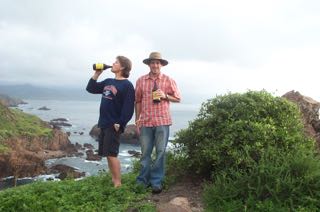
With Rafe near Punta Banda, ready for continuation of our study of Baja California marine animals started in the previous spring in Baja California Sur. We camped and the next morning met up with PISCO researchers.
| 
-
|

-
| 
-
| 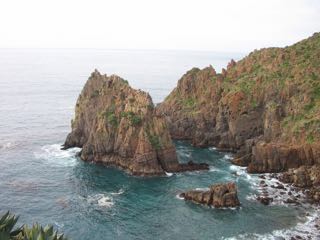
-
|
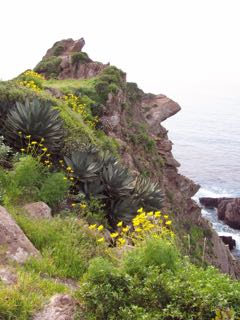
-
| 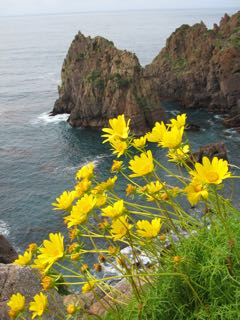
-
| 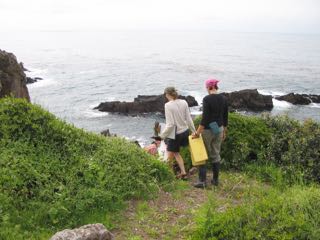
Arbolitos (ARB), following Melissa^2 from PISCO
|

-
| 
-
| 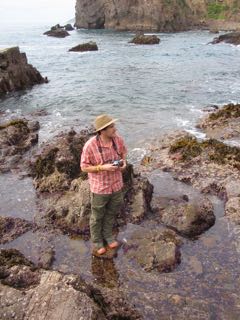
-
|
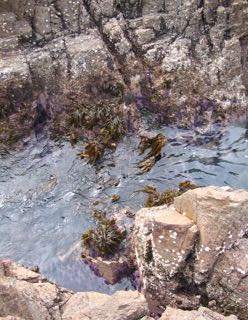
-
| 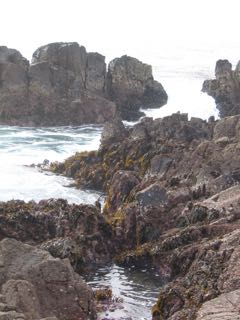
-
| 
-
|
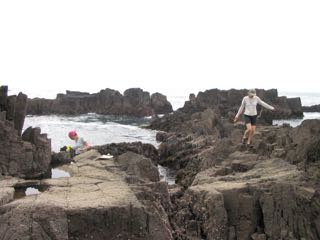
PISCO was monitoring black abalone populations after the collapse of the southern California populations due especially to withering foot syndrome.
| 
-
| 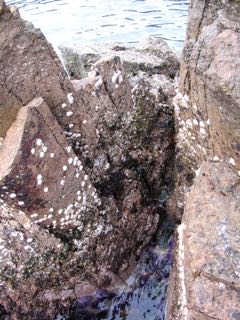
-
|
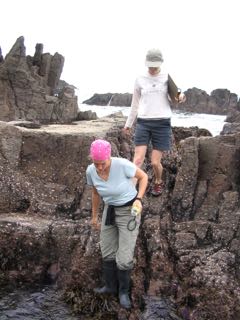
-
| 
-
| 
This was a freak purple urchin lacking purple spines.
|
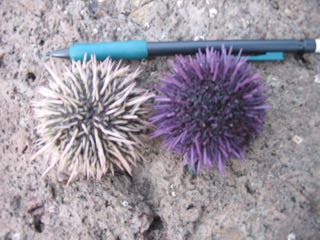
-
| 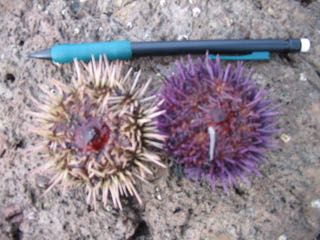
-
| 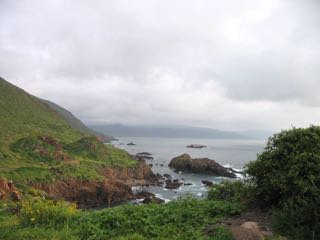
-
|
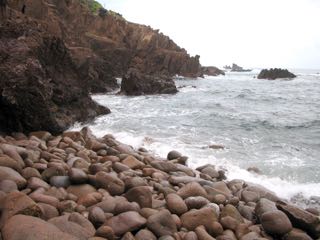
-
| 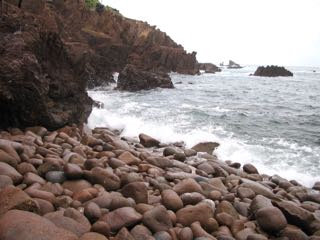
-
| 
-
|
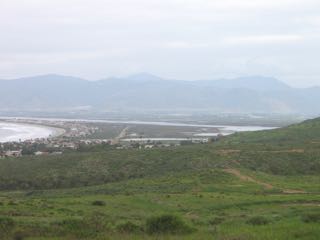
Looking back toward Ensenada while leaving the rugged Pta. Banda peninsula.
| 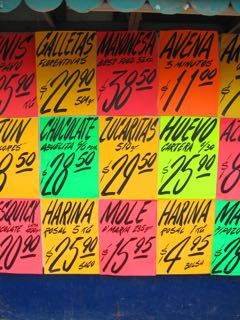
-
| 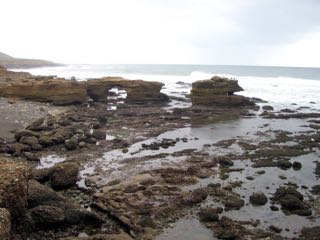
La Bocana (PCL), S-facing shore N of river mouth, near Pta. Clara, S of Ensenada, Baja California, Mexico
|
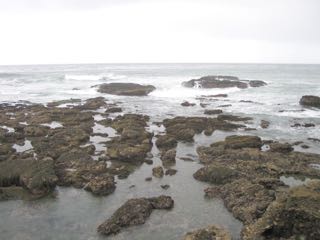
-
| 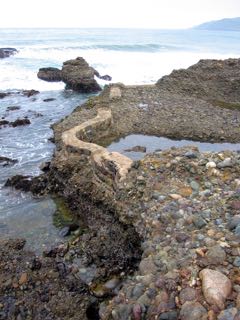
-
| 
-
|

-
| 
-
| 
-
|

-
| 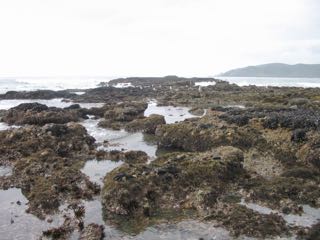
-
| 
-
|
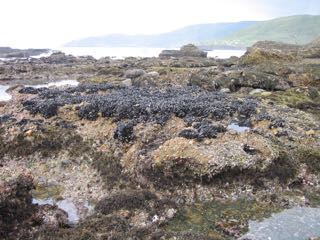
-
| 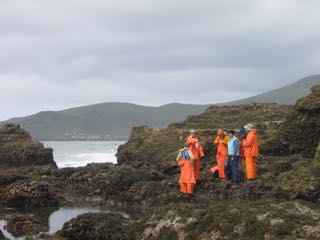
-
| 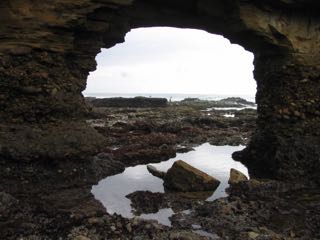
-
|
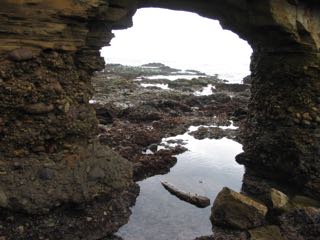
-
| 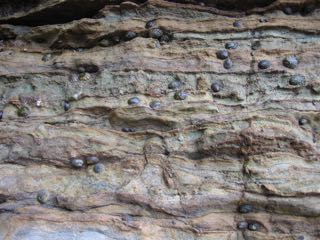
-
| 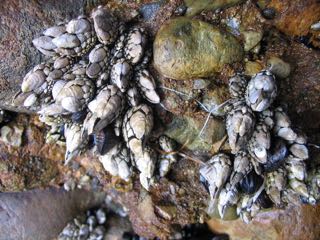
-
|
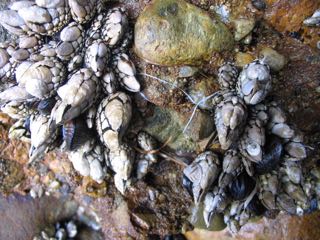
-
| 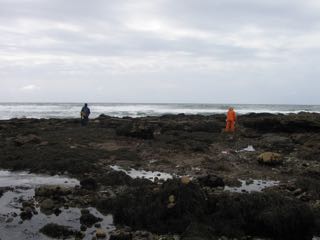
-
| 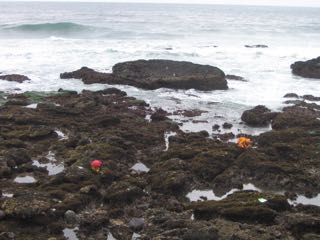
-
|
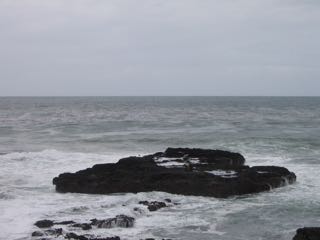
-
| 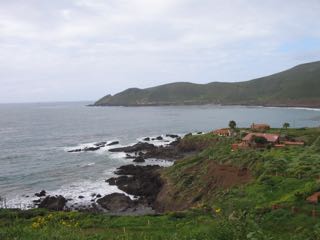
-
| 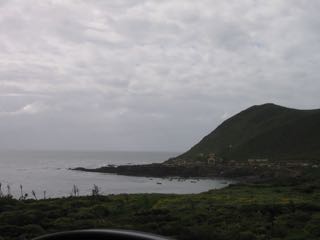
Looking toward El Puerto de Santo Tomas (PUE). The exposed Punta Santo Tomas (PST) is just over the closest point.
|

-
| 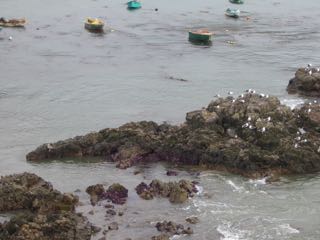
-
| 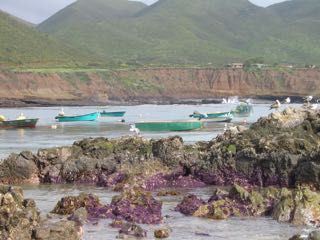
-
|
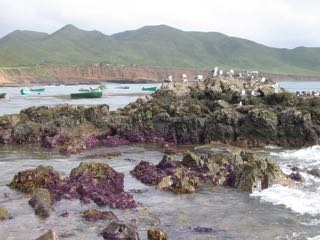
PUE
| 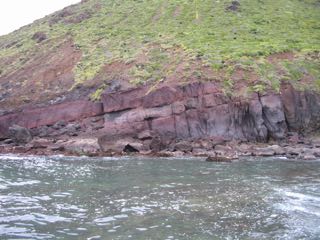
-
| 
PST
|
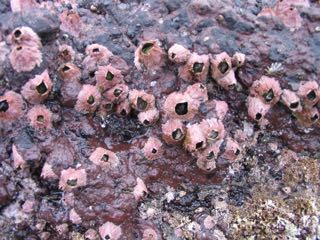
-
| 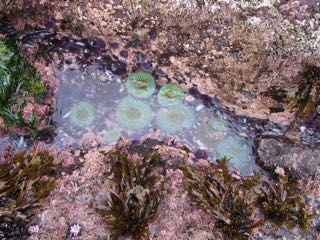
-
| 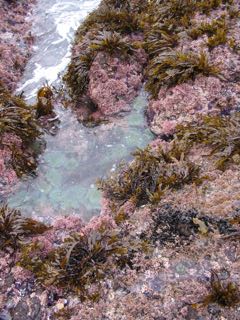
-
|
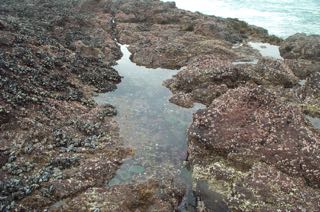
We have been studying the Nuttallina californica that were dominant in the mid zone
surrounding this PST tidepool, whereas N. fluxa dominated the protected and warmer adjacent PUE site. Image by R. Sagarin.
| 
-
| 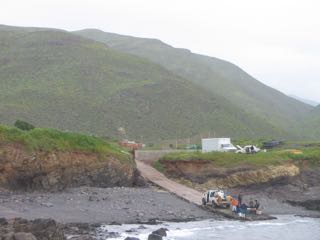
-
|
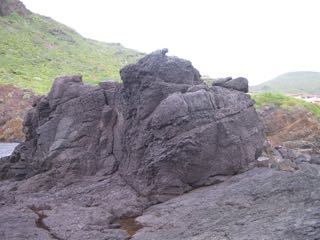
-
| 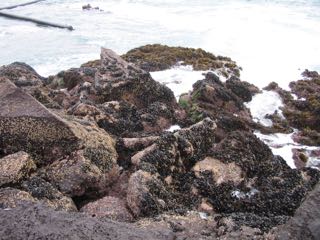
-
| 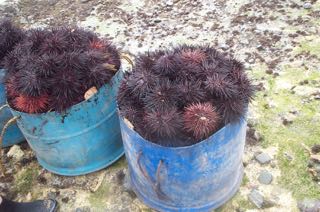
Fishermen were collecting large numbers of red urchins and Pisaster ochraceus, the latter to supply
tourist shops where the seastars were sold as curios after drying while in various elephant-like poses (see below). Image by R. Sagarin.
|
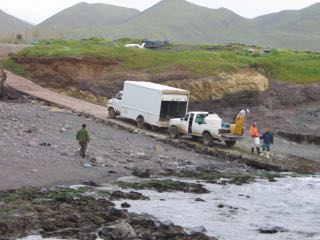
-
| 
-
| 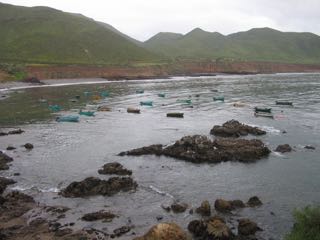
-
|
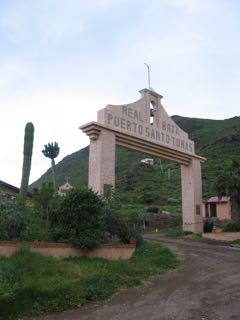
-
| 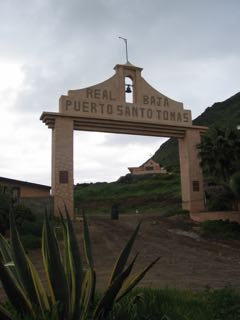
-
| 
-
|
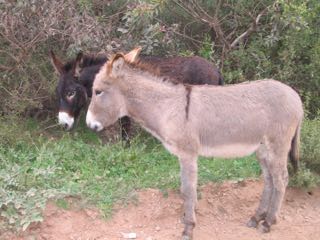
-
| 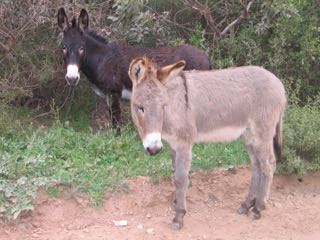
-
| 
-
|
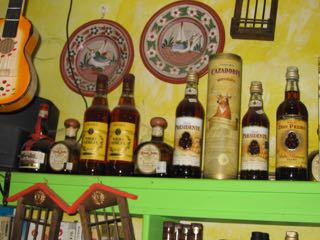
-
| 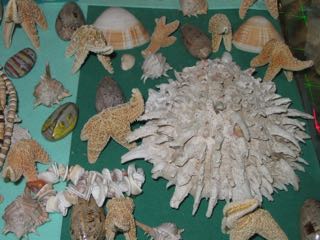
-
| 
-
|
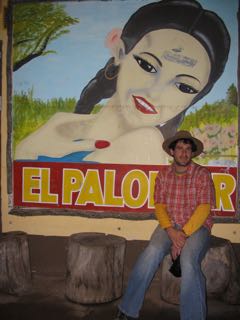
-
| 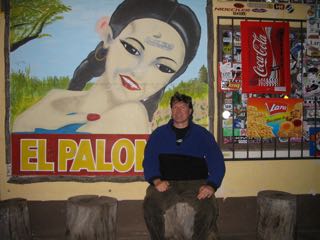
-
| 
-
|
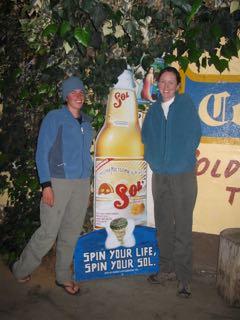
-
| 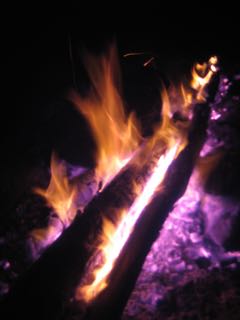
-
| 
-
|
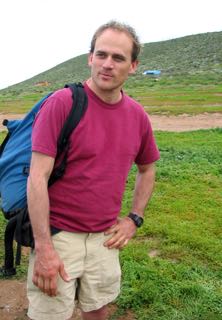
-
| 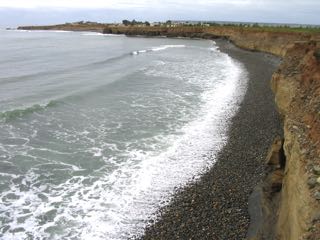
Cuatro Casas, S of Bahía Colonet, still at high tide. Rafe and I camped with the PISCO crew, but they did
not stick around for the low tide the next morning. The low zone platform is quite spectacular when exposed by a minus low tide.
| 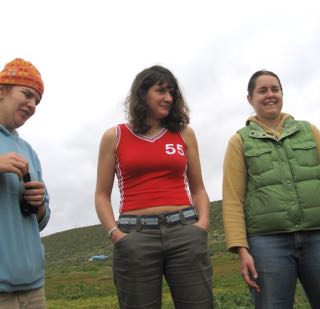
-
|

-
| 
-
| 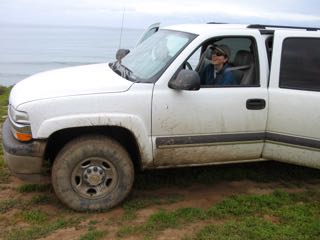
-
|
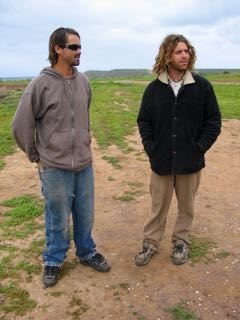
-
| 
-
| 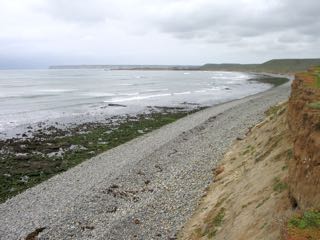
-
|
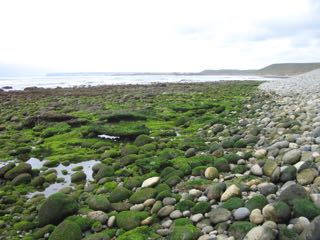
-
| 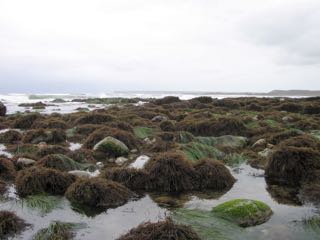
-
| 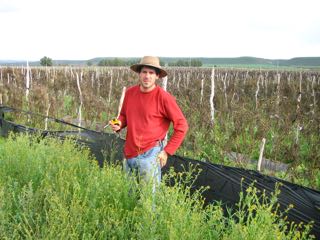
-
|
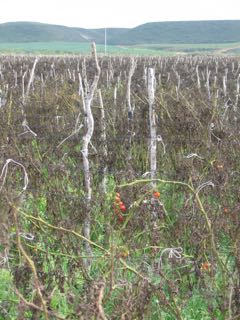
-
| 
-
| 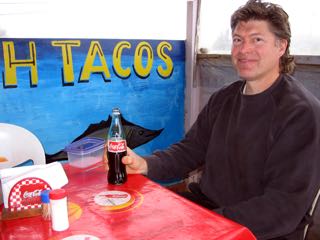
-
|
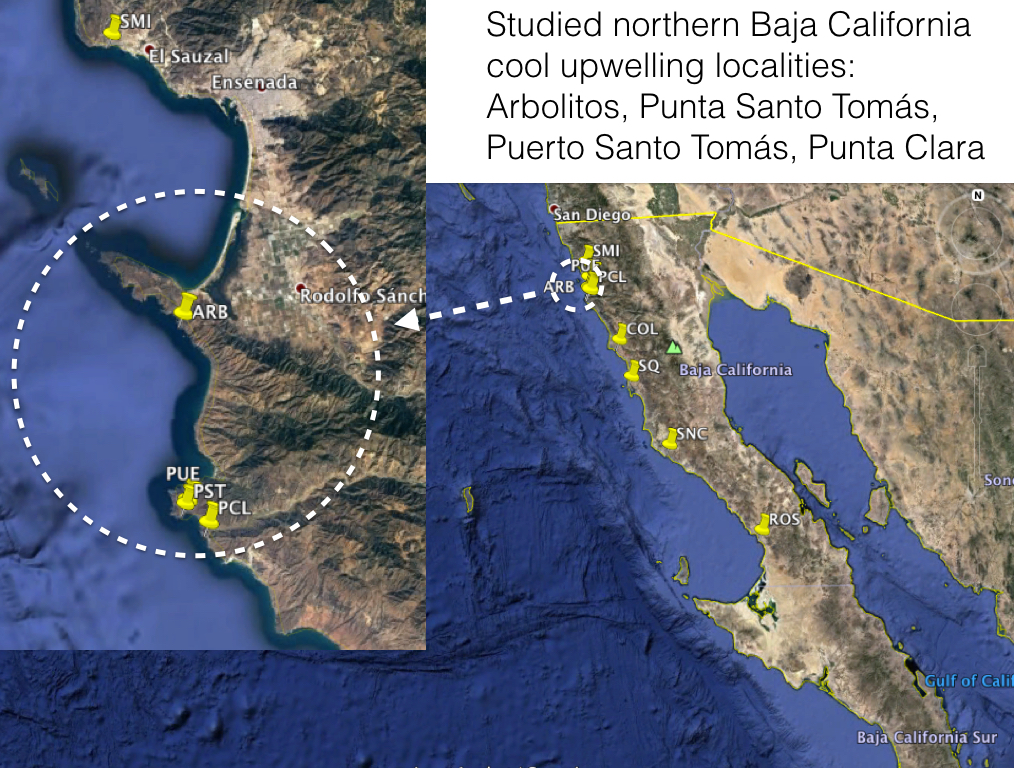 Locality Map
Locality Map Locality Map
Locality Map